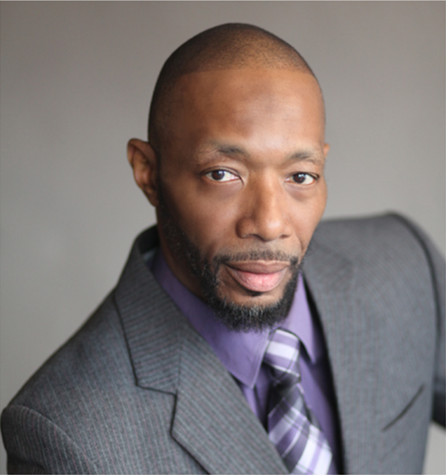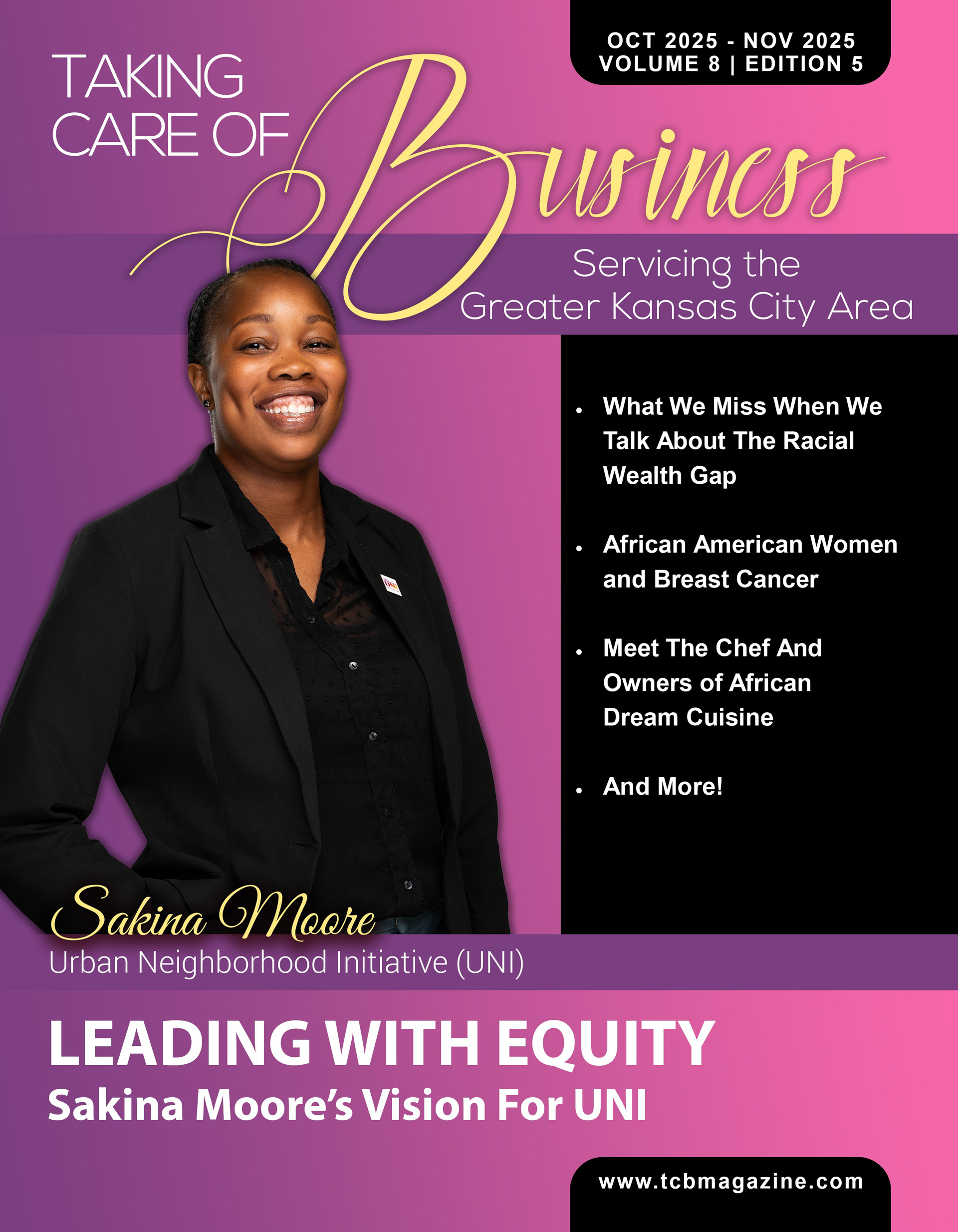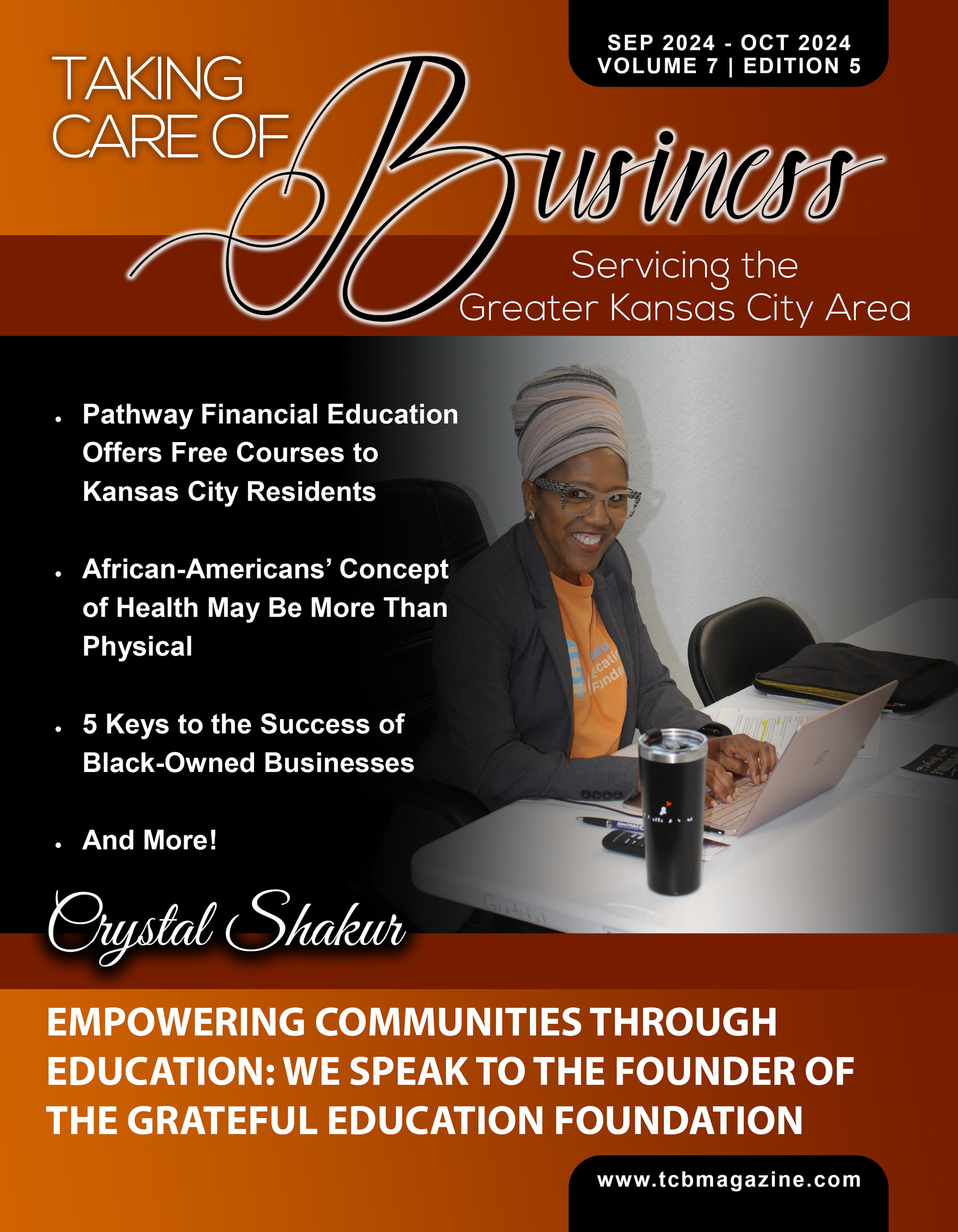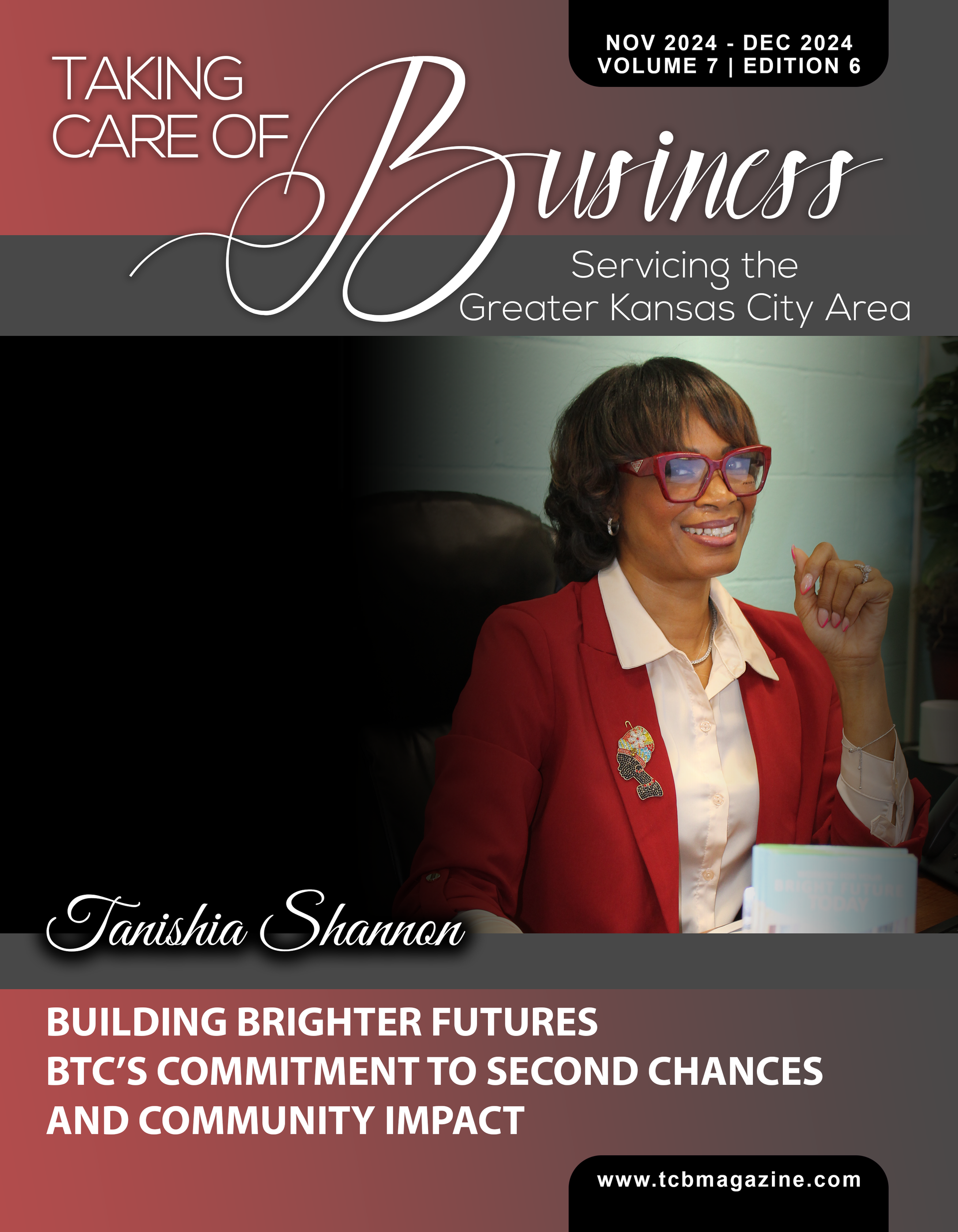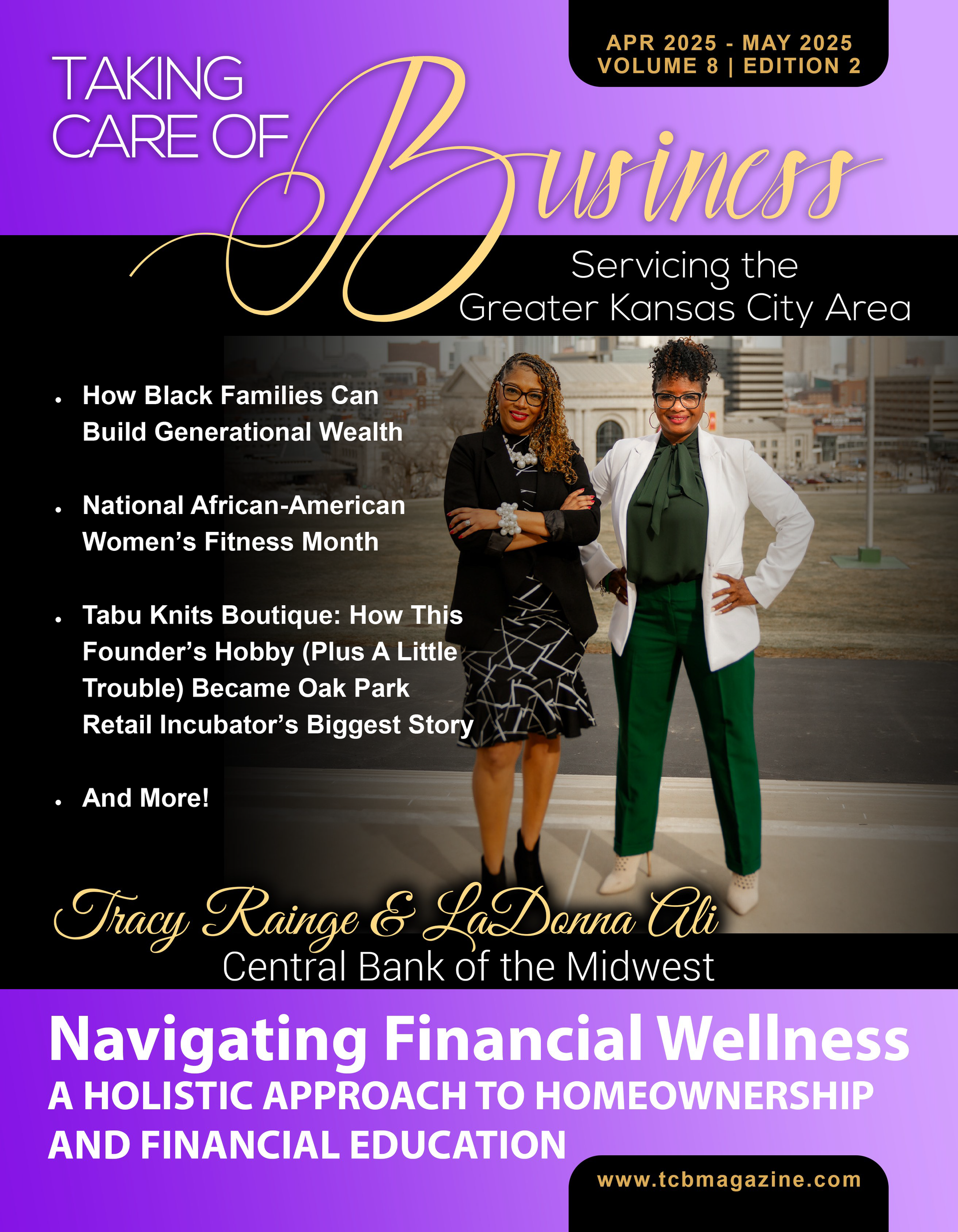Breaking Barriers To Financial Success: The Power of Black Financial Literacy
The Current State of Black Financial Literacy
To manage your finances, a sound, effective, and thorough understanding of finance, which we call financial literacy, is crucial. People should know how to manage their debts and save money. African Americans play a vital role in the eco-nomic establishment of the United States, but compared to their white counterparts, they still lag in financial literacy skills and wellness. Financial literacy is one of the main reasons behind this complex gap. Financial literacy and financial wellness are tightly intertwined, especially among African Americans.
One of the latest studies on the Personal Finance Index (P-Fin Index) conducted by GFLEC and TIAA Institute provides new insights into Black financial literacy.
The 2023 TIAA Institute-GFLEC Personal Finance Index (P-Fin Index), released in January, offers essential perspectives on the health of Americans’ finances following a year of record-high inflation along multiple dimensions.
The P-Fin Index is a yearly indicator of adult Americans’ financial literacy. It is exceptional in generating a reliable indicator of general financial literacy and a detailed study of personal finance knowledge across eight functional domains.
Significantly, statistics on the P-Fin Index are accessible across a range of demographic groups.
There are eight areas on which the P-Fin Index study is based:
- Earning- factors that affect salaries and take-home earnings.
- Consuming- budgets and money management.
- Insuring- coverage options and how insurance operates.
- Saving- determinants that maximize accumulations.
- Investing- Types of investments, risk, and return.
- Borrowing & Managing Debt- the connection between loan characteristics and repayments.
- Go-to information sources- discerning reliable sources and guidance.
- Comprehending risk and uncertainty- recognizing unpredictable financial results.
Key Insights
- Only 34% of the answers were correct for African Americans compared to 53% for white people.
- Men, older people, those with more formal education, and people with higher salaries are more financially literate in the community of African Americans than younger people.
- Their best score was in borrowing and managing debt.
- The least understood aspect of personal finance among African Americans is insurance, followed closely by understanding risk, investing, and recognizing reliable information sources.
- Insuring and understanding a troubling part of financial literacy.
- In 2019, before COVID-19 and its economic effects, African Americans were more likely than whites to lack financial resilience.
- Functional financial literacy saves people from rainy days or debts Demographic differences also contribute to the gap between the two parties. People with good formal education, high incomes, and sound financial education tend to have a high financial literacy rate.
This study also emphasizes the need for proper financial education to increase the literacy rate by including such kind of topics as ensuring or understanding the risk on which the literacy rate is shallow. This will automatically lead to the financial wellness of a society.
Given the differences in financial literacy resources among African Americans outlined in this research and the financial literacy gap between African Americans and Whites, it is crucial for efforts to address the needs of specific demographic groupings effectively. This involves intensifying initiatives to promote financial literacy in the classroom and at work. Additionally, it is crucial to offer programs focusing on subjects like insurance and risk and uncertainty comprehension, where financial literacy is particularly poor.
The Need for More African American Personal Finance Professionals:
The role of black financial advisors dramatically impacts financial literacy in the United States. Although many companies have Black financial advisors working for the fulfillment of financial literacy among African-American still, the employment ratio of black advisors is estimated to be round 5.6% in the United States, based on Zippia’s data. It’s unbelievable!
A Closer Look At The Race Gap
The financial literacy gap between white and black Ameri-cans is not entirely dependent upon the two communities; it is related to various demographics in the population of adults. This gap is lower among young females who are more educated than females with less formal education.
Washington DC Financial Wealth Report
The report on the financial wealth gap in DC finds that black people are seven times more unemployed than white people, even though they are active workers, not because they are incompetent but because of racism. It points to when there was slavery in DC, and all the lower-paid jobs were given to black people. Nowadays, this led to a racial crisis in many employment-related metrics, which includes many benefits and opportunities to grow personal wealth for a black family.
The main points were:
- Black men can face many difficulties in finding a good job.
- White entrepreneurs have access to valuable re-sources and excel in their businesses, but black entrepreneurs face many difficulties.
- They also don’t have more paid leaves, health insurance, and retirement benefits than white people.
What Is Financial Literacy, And How Can It Empower The Black Community
Financial literacy refers to the knowledge, skills, and under-standing of personal finance concepts and practices that allow individuals to make informed and effective financial decisions. It encompasses various aspects, including budgeting, saving, investing, managing debt, understanding financial products, and making sound financial plans for the future.
Empowering the black community through financial literacy programs is crucial, and here are five ways they can empower the community:
1. Economic Stability & Wealth Creation
Financial literacy gives individuals the tools and knowledge needed to achieve economic stability. It helps them develop healthy financial habits, manage resources effectively, and make informed income, expenses, and investment decisions. The black community can build a strong foundation for long-term economic security by improving financial literacy.
Financial literacy is also a key driver of wealth creation. It equips individuals with the financial capability and the knowledge to navigate investment opportunities, under-stand the power of compound interest, and make informed decisions to grow their assets. By empowering the black community with financial literacy, individuals can accumulate wealth, create generational prosperity, and narrow the wealth gap.
2. Overcoming Historical Disadvantages
The black community has historically faced systemic barriers and disparities in access to resources and opportunities. Financial knowledge can serve as a tool to overcome these disadvantages by providing individuals with the knowledge and skills to navigate complex financial environments and systems, access capital, and create economic opportunities.
3. Financial Resilience
Financial literacy is critical in building resilience and preparedness for economic challenges. It helps individuals under-stand the importance of emergency funds, insurance coverage, and risk management strategies. By being financially literate, the black community can better withstand unexpected expenses, economic downturns, or other financial setbacks, helping them improve their financial well-being.
4. Entrepreneurship And Business Ownership
Financial literacy is also essential for aspiring entrepreneurs and business owners. It helps individuals understand business finances, develop effective business plans, access financing, and through financial decision-making, make informed decisions that contribute to the success and growth of their ventures. Promoting financial literacy allows the black community to foster entrepreneurship and business ownership, creating economic opportunities and wealth.
5. Closing The Wealth Gap
The wealth gap between white and black Americans is significant. According to research from the Institute on Asset and Social Policy at Brandeis University, the median net worth of a single black household in 2016 was only $3,500, compared to $142,000 for a single white household. This discrepancy can largely be attributed to unequal access to financial resources. Financial literacy can help close this gap by giving African Americans the information they need to make smart financial decisions and build wealth.
According to many surveys conducted in the United States, white families are almost six times wealthier than black families. Also, the median black family income is $45,200, but being white has the privilege of having a salary of $142,500, almost three times greater than the black median FAMILY income. For black people to recover from this re-cession, financial literacy is critical! Being financially literate and empowered is the only way African Americans will be-come more economically stable to narrow the generational wealth gap.
Economic mobility among African Americans is observed to be very low in comparison to their white counterparts, regardless of their family status or no marriage or single-parent household. This review was conducted by Census Bureau race data in 2018.
The paper suggests that black Americans can face very high incarceration rates and have less ability to access high education than white Americans, which is the reason for lower economic mobility. The ratio of black dropouts in high school, lower attendance rates, and quality occupations are also lacking compared to white people.
TIAA (Teachers Insurance And Annuity Association)
Financial literacy and having a sense of wellness among African Americans indicates the new insight from the per-sonal report saying that Black Americans have 34% of per-sonal finance education compared to White Americans have 53%, which tells us about a tremendous wealth gap between communities. They further say that:
“African Americans make up 14.2% of the US population, and hence a critical part of the economy depends on them.”
Regardless of the economic gap, Surya Kolluri, the head of TIAA Institute, said in a press report that having no literacy gap between White and Black People is very important to highlight the challenges and issues to make a better economy of our country.
With increased financial literacy, African Americans could have more knowledge of basic concepts like investing, budgeting, credit building, retirement planning, and debt repayment, which will help them avoid financial pitfalls and set them up for success in the future. Through sound in-vestment practices such as diversifying their portfolios or taking advantage of employer-sponsored retirement plans or tax breaks for college savings plans (like 529s), African Americans can put their money to work for them to increase their wealth over time. Financial literacy also allows African Americans to access other available opportunities, such as government assistance, that may go unnoticed if they lack knowledge about how such programs operate.
By improving their understanding of finance through financial literacy education and training, African Americans can gain control of their money and work towards closing the racial wealth gap. Ensuring people understand financing concepts can help ensure everyone has equal access to opportunities regardless of race or economic status.
Strategies To Promote Financial Literacy Among African Americans
To empower the Black community through financial literacy and debt management, several strategies can be implemented:
Comprehensive Financial Education
Implementing comprehensive and culturally relevant financial education programs that cover a wide range of topics, including budgeting, saving, investing, and entrepreneurship, can equip individuals with the knowledge and skills they need to make informed financial decisions.
Representation And Role Models
Increasing the representation of black professionals in the financial industry, including financial advisors and experts, can provide role models and mentors who understand the specific challenges the black community faces. This representation can inspire and guide individuals in their financial journeys.
Access To Resources And Services
Ensuring equitable access to financial resources, such as affordable banking services, credit, and investment opportunities, is crucial for empowering the black community. Efforts should be made to address systemic barriers and promote financial inclusion.
Collaborative Partnerships
Collaboration among government agencies, educational institutions, community organizations, and financial institutions can help develop and implement initiatives that pro-mote financial literacy and economic empowerment in the black community. These stakeholders can leverage re-sources, share best practices, and reach a wider audience by working together.
Closing Thoughts On The Power Of Financial
Education For African Americans
It’s not essential to move out of the financial crisis at once, but if you set up a plan for your betterment and stick to it, it will surely take you somewhere out of the crisis.
Saving money and thinking about retirement is the best way for black Americans to turn this ship around. Also, ac-cording to a national survey, if an emergency occurs right now, most families don’t even have $400 to get through the situation. I imagine this was made worse by the coronavirus pandemic. The only solution is to save money for our families.

